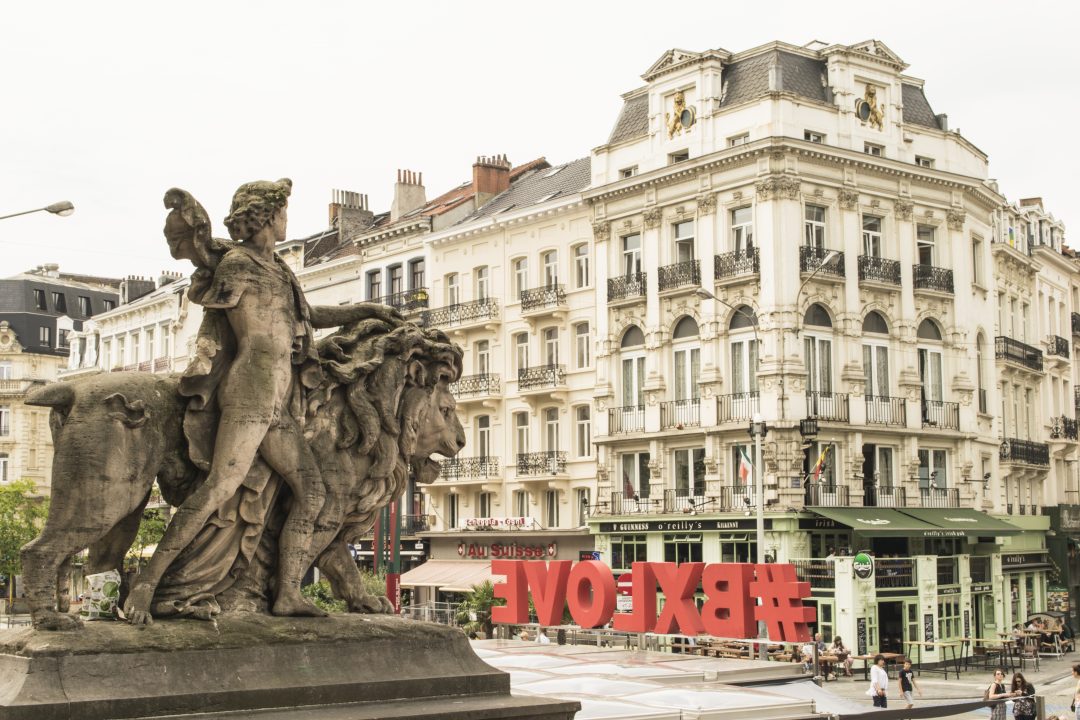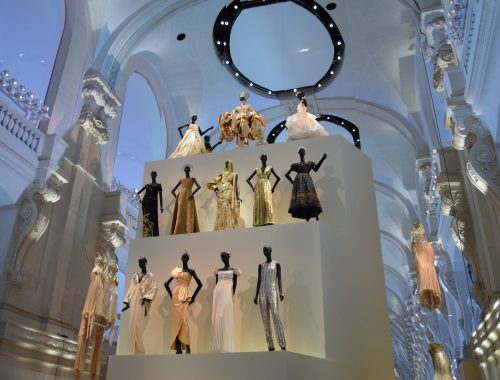 You must recognize this famous image! Do you remember the photographer? It is Steve McCurry.
You must recognize this famous image! Do you remember the photographer? It is Steve McCurry.
Two early birds – Daughter and I – hopped on the train on Saturday. Destination: the exhibition of Steve McCurry in Brussels. The exhibition was slated to end on June 24th, but I was so happy to hear it was extended until August 20th!
After two hours and a bit on the train, we stopped at Paul’s for a coffee, tea and a delicious strawberry pie. We slowly walked towards the Beurs in Brussels (ten minute walk from Central Station in Brussels).
The set-up was great, all the photos printed on huge forex canvasses, with roof to floor transparent curtains, and all the light focused on the pieces of art. You get a free audioguide with your ticket, where McCurry’s voice (and the translator) tells you the story behind the photos.
Covering Life
This is a phrase Steve uses in explaining what his work is all about, and he couldn’t have put it down clearer. He has traveled and covered many parts of the world. In most of his pictures, people play the main role. He is a genius in capturing the happiness, hope, fear or anguish in the eyes or the faces of the people he photographs.
“To take a good picture, you need to spend time with people until they trust you and forget that you’re there to photograph them. I try to make eye contact when I take a portrait, as it seems to allow you to understand the person, to see their story written on their face.”
No one will argue on the quality or beauty of McCurry’s photos. What was striking to me were the colors. Waiting for the right light, figuring out the perfect composition, or just the momentum when everything coincides takes hours, sometimes days, McCurry tells us.
Besides being patient, McCurry has courage. He has spent many years being in the middle of war zones all over, risking his life to document conflict. When he secretly traveled with the Mujahidin in Afghanistan between 1979 and 1980, he sewed the films he shot into his clothes when passing the border on return. He left some less valuable films on his camera so he had something to hand over when being controlled.
“But I have found that I get completely consumed by the importance of the story I am telling, the feeling that the world has got to know. It’s never about the adrenaline. It’s about the story.”

The Afghan Girl
The whole story of the Afghan girl is shown in a documentary at the exhibition. McCurry took her photo in a refugee camp in Pakistan in December 1984. In 1985 this iconic picture became the cover of National Geographic. The penetrating gaze of this girl kept on haunting McCurry, and he became obsessed with finding her again. It was like looking for a needle in many haystacks. In 2002, together with a whole team, McCurry started in the refugee camp where she was living in December 1984, with only the picture and a few clues to help. At one time, they thought they had found her. But after sending a photo of this woman back to the forensic team in the US, it appeared to be a wrong lead.
The team finally located Sharbat Gula – that was her name – in a remote region of Afghanistan. She was around thirty then and had returned to her native country, living there with her husband, two children and one on the way. Her identity was confirmed by the US team, using iris recognition. It is really amazing, the information you can find in an eye. The information is even more specific than a fingerprint, so even better for identification.
Sharbat recalled being photographed. She had never seen the Afghan Girl image before it was shown to her in January 2002. McCurry was allowed – not a given because she was married and her husband had to give approval – to take her photograph again.

Refugees
This photo, this woman, has become a symbol for refugees all over the world, all over the decades. Because of this picture, many people volunteered to go working in refugee camps, McCurry reminds us. Not only this photo, but so many remarkable others make McCurry a hero of his era. It isn’t about the image itself, but about the story behind it. Few people are so talented, and even fewer people use their talent to bring a story to the world. The Great Writer comes to my mind. With his book What is the What, he brings a well-written testimony of a refugee. This is what we need, personal stories, to bring the broader picture into the spotlights. A personal story touches us more, makes us feel more emphatic.
And even if you aren’t a great talent, or aren’t able to travel all over, you can always take the chance to play a role in making this world a little better.
Last year I was able to help with a local project in my hometown: 945 in images. Six great women set up this beautiful initiative. 945 refugees were temporarily put in a refugee camp in our hometown, and a lot of disapproval followed. By interviewing and putting a face on many of the refugees, we were able to bring more understanding and empathy for the lives and the circumstances of these individuals.
But back to McCurry… I was totally inspired by this great artist.
A must-see exhibition, if you can make it here in Brussels, or anywhere else…





6 Comments
♥
dankjewel, Anneleen! X
Dank je Sophia!
Fijn dat je ervan genoten hebt! liefs, Sophia
Geweldig xx
Thanks!